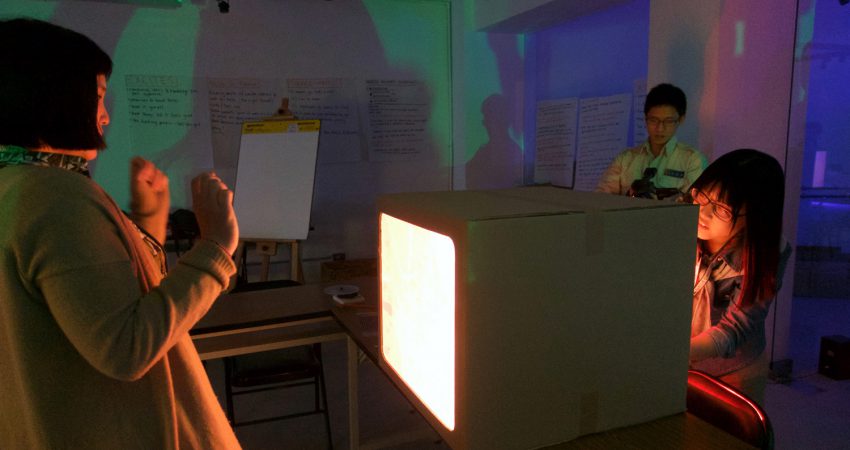
By Heather King - May 2011
PAPER CITATION
Ramadas, J. (2009). Visual and spatial modes in science learning. International Journal of Science Education, 31(3), 301–318.
Visual and spatial thinking is an integral part of doing and learning science: explanations of complex (often non-visible) phenomena involve visual and symbolic modes as well as text. To bring about meaningful learning, we need to find out how best to combine semantic content with visual representations.
In the psychology lab, Ramadas notes, creativity and discovery are helped by the ability to transform information between the verbal and the imagined. Doodling, drawing, seeing, hearing, and gesturing when carried out alongside the task in hand enable more creative responses. Images in science, meanwhile, rarely stand on their own: they need to be supported by text and other symbols.
With respect to science learning, the nature and understanding of representational diagrams is clearly significant. Diagrams have been shown to aid thinking and problem-solving by exploiting certain capabilities of the visual system, such as identifying spatial and geometrical relationships, efficiently encoding such information, and forming generalizations. As an example, Ramadas cites an earlier study in which she found that diagrams, as opposed to verbal descriptions, helped 13–14-year-old students engage with the abstract context of optics (Ramadas & Driver, 1989).
A key take-home message from Ramadas’ extensive review on visual and spatial representations is that we need more empirical studies on how children’s learning of science is mediated by 3D models, diagrams, gestures, and other visual-spatial modes. She notes that language-based modes are rightly recognized as key in the process of how people learn, but that we have yet to understand (or support) the full process of learning and making generalizations as a result of visual and spatial thinking in conjunction with language and other modes.
It is suggested that Ramadas’ call for further studies in this area should be considered by informal sector educators working across the fields of art and science as these individuals are likely to have already gained insight and experience in helping learners to use and make sense of representations.
For ISE practitioners, this paper draws attention to the fact that experiential learning predominantly happens through visual and spatial modes, and thus an understanding of how these modes interact with language-based modes is essential for educators. The paper also highlights the importance of helping learners to understand the significance of different modes of representation and acknowledges that learners need practice in “reading” various representations.
For further reading, please see
Ramadas, J. and Driver, R. (1989). Aspects of secondary students' ideas about light. University of Leeds: Centre for Studies in Science and Mathematics Education, Leeds, England.




